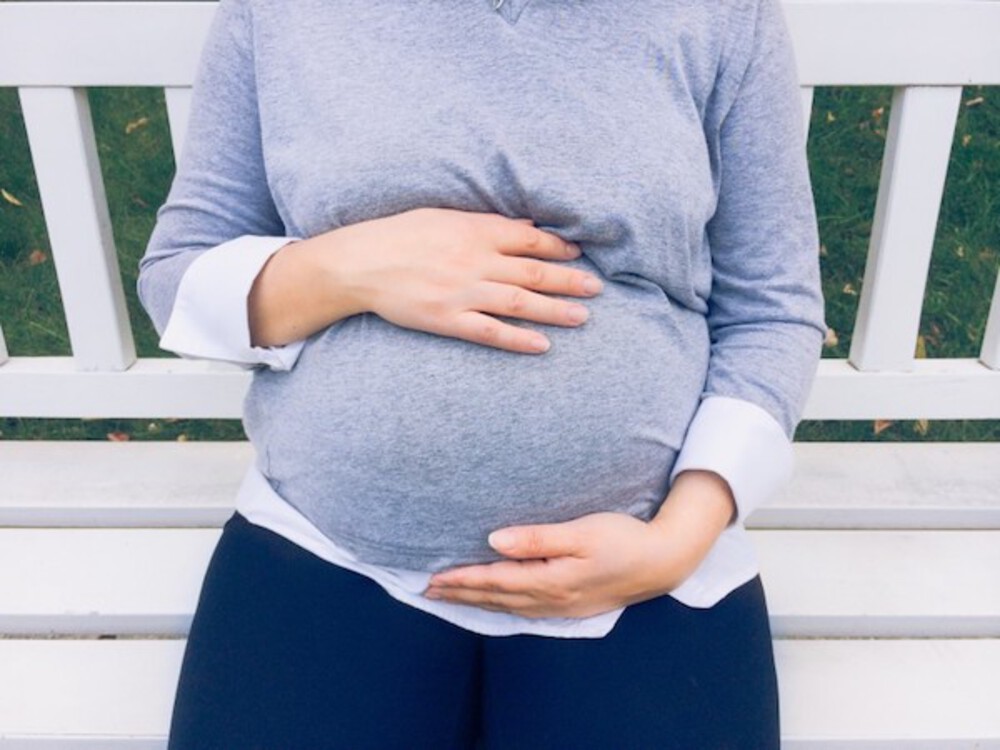
Pregnancy is an exciting time where you feel the baby grow, kick, stretch, and move around. In the final month of pregnancy, as the baby gets bigger, he or she will have less wiggle room and their position in the womb can become incredibly important. Your doctor will be monitoring this at each appointment and will keep you updated. But we’d still like to provide you with an overview of what each position means, where the baby should be as delivery approaches, and what is the ideal position for labor. For now, feel free to get in whatever position you’re most comfortable in as we review!
What Positions Do Babies Lie in the Womb?
There are various positions that babies can be in when they are in the womb. They also can move, shift and change throughout the pregnancy but below are the most common. They are:
Transverse Lie
If the baby is lying horizontally, laying on it’s side in the uterus, it’s considered in a transverse position. This position can carry certain risks should the baby not move to a different position before labor as it can cause issues with the umbilical cord and overall delivery. There are options such as trying to gently rotate the baby manually, or if necessary, a c-section may be required at the time of birth.
Breech
There are various forms of breech positions (footling, frank and complete), but the general position is that the baby’s feet or butt are pointing towards the birth canal and the head is still facing up. Each of these positions are not recommended and can cause concerns with delivery, the umbilical cord, and safety to both the mother and baby. As with the transverse lie position, if the baby can’t be moved or does not move on its own, a c-section will most likely be performed.
The Head Down Position
The “head down position” is the ideal position but even within this category, there are different ways the baby may be facing:
Anterior Position (Also known as the “Cephalic Presentation”): This is when the baby’s chin is tucked into the chest, with their face essentially facing the back. The head points directly towards the birthing canal, which is incredibly helpful.
Posterior Position: This position is very similar to the above but in this case, the baby is facing head down, towards the stomach. This is also called the “face-up position” since the baby’s face would be seen first when delivering. While many babies in this position do turn to the anterior position before delivery, if they stay in this position, it may cause some complications and may even lead to a c-section.
What Baby Position is Best for Delivery?
In most pregnancies, the hope is that the baby is in the anterior, head down position for delivery and this typically happens around 32 to 36 weeks. In a very small percentage of cases, some babies wait until just before delivering to go into this position.
The reason this makes for the optimal position is when the baby is in a head down, with the assistance of a little weight and gravity, it puts pressure on the cervix which widens it. This guides the baby’s head to smoothly slip under the pubic bone for an easier delivery. Overall, having the baby being head down tends to reduce the risk of complications during childbirth.
Your doctor will be able to tell if the baby is in this position through checking your belly and a performing an ultrasound. You may be able to tell where the baby is if you feel kicks higher up or hiccups or flutters that are usually caused by their hands or even hiccups further below.
If you’re close to delivering and the baby is not in the head down position, ask your doctor if they have specific recommendations to help the baby turn. There are suggestions such as taking a daily walk, sitting on an exercise ball to stimulate the pelvis and encourage the baby to turn, as well as avoiding putting your feet up when lying down. Your doctor will be able to give you recommendations specific to your case.
What You Can and Can’t Control
Remember, you do have a doctor and medical team taking care of you and monitoring you and the baby. There’s very little you can do to control where the baby is at all times so it’s best to relax, stay positive and follow doctor’s orders. If there are any concerns about the baby’s position the closer you get come delivery time, there are options that will be discussed and explored.
And as always, should you have any concerns, feel free to talk to your doctor or our team at ConceiveAbilities if we can help in any way.